Optimal Timing for Concrete Retaining Walls
Determining the optimal time for concrete retaining wall installations depends on various environmental and project-specific factors. Proper timing ensures the longevity and stability of the structure, minimizing potential issues related to weather conditions and soil moisture.
Spring and early fall are generally considered optimal due to moderate temperatures and lower precipitation, which facilitate proper curing and setting of concrete.
Extreme cold or heat can adversely affect concrete curing, leading to cracks or reduced strength. Avoid installations during heavy rain or drought conditions.
Timing should also consider soil moisture levels; dry soil provides better stability, while overly wet or frozen ground can hinder construction.
Planning installations during periods with predictable weather patterns helps ensure project timelines are maintained and quality standards are met.

Ways to make Concrete Retaining Wall Installations work in tight or awkward layouts.
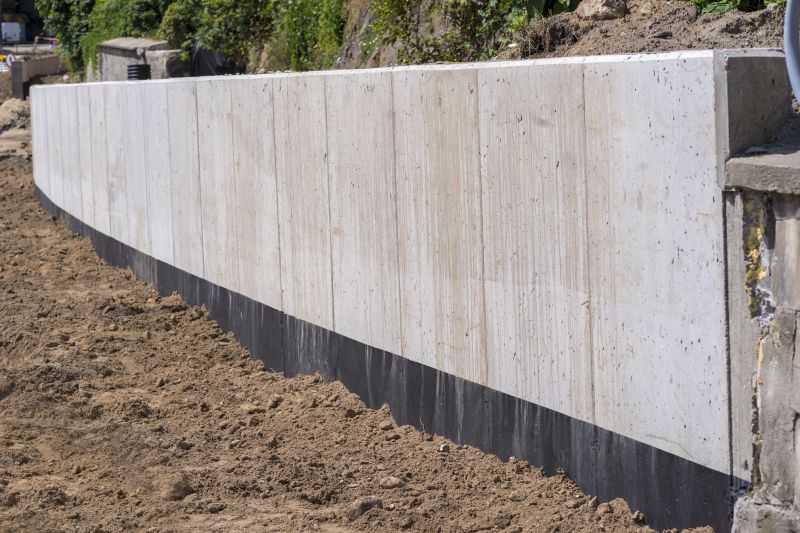
Popular materials for Concrete Retaining Wall Installations and why they hold up over time.
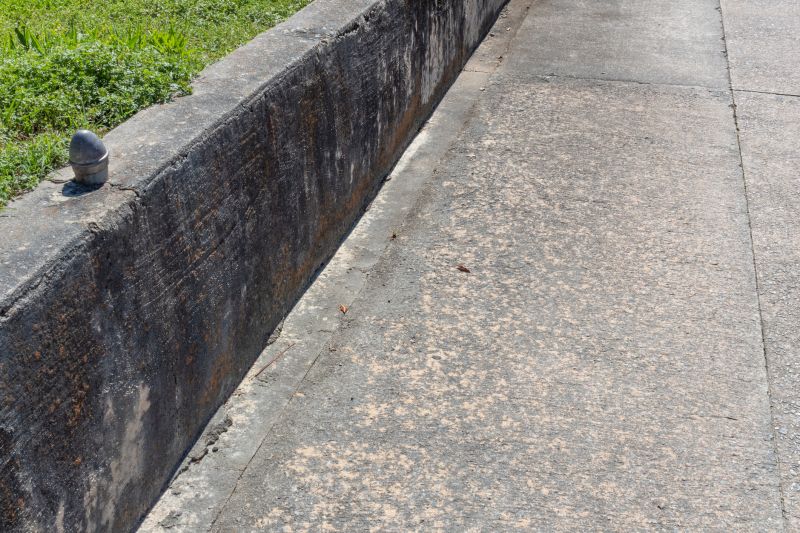
Simple add-ons that improve Concrete Retaining Wall Installations without blowing the budget.
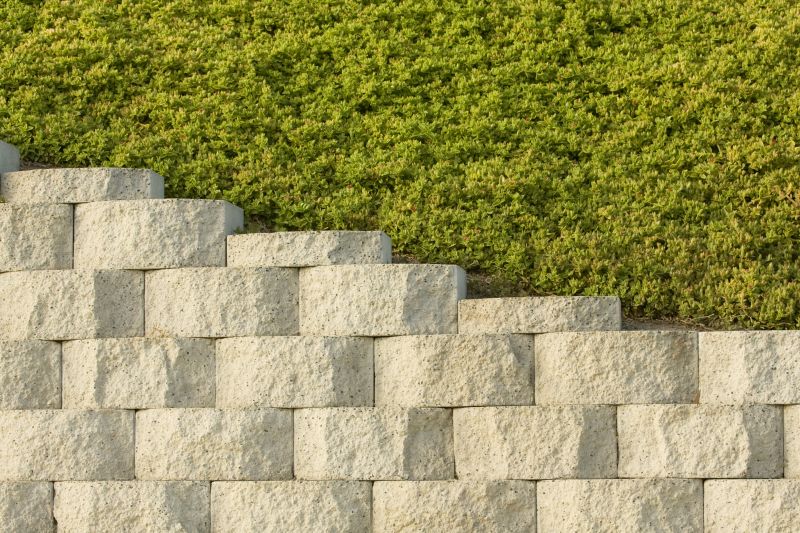
High-end options that actually feel worth it for Concrete Retaining Wall Installations.
Concrete retaining walls are essential for managing soil erosion, creating level areas, and enhancing landscape stability. They are durable structures capable of withstanding various environmental stresses when installed under appropriate conditions. Proper timing of installation can significantly influence the structural integrity, reducing risks of cracking, shifting, or failure over time. Concrete's strength and longevity are maximized when set in suitable weather, ensuring that the curing process occurs without interruption or adverse effects.
Statistics indicate that installations performed in moderate temperatures with low humidity have a higher success rate, with concrete achieving optimal strength within the recommended curing period. Planning around weather forecasts and soil conditions can prevent costly repairs and extend the lifespan of the retaining wall.

Finishes and colors that play nicely with Concrete Retaining Wall Installations.
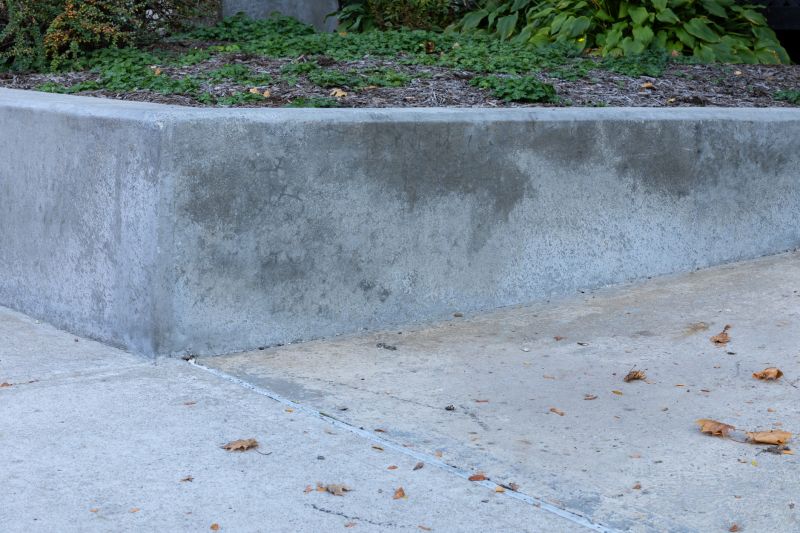
Little measurements that prevent headaches on Concrete Retaining Wall Installations day.

A 60-second routine that keeps Concrete Retaining Wall Installations looking new.
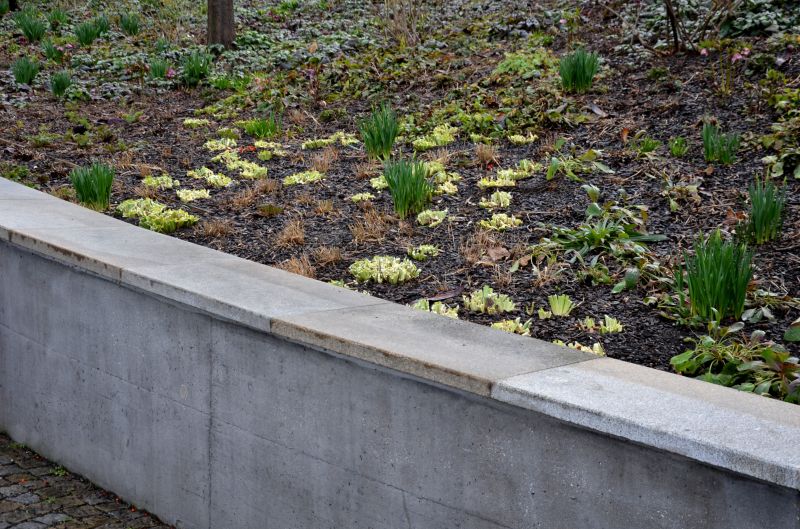
A frequent mistake in Concrete Retaining Wall Installations and how to dodge it.
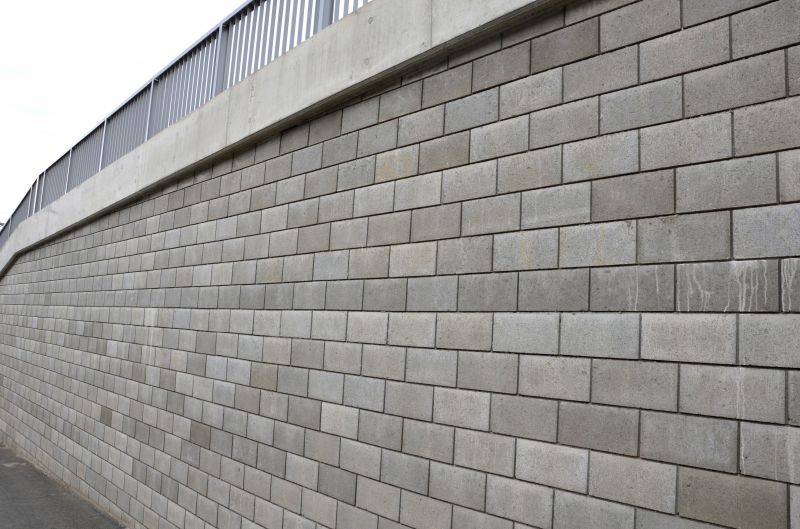
Small tweaks to make Concrete Retaining Wall Installations safer and easier to use.
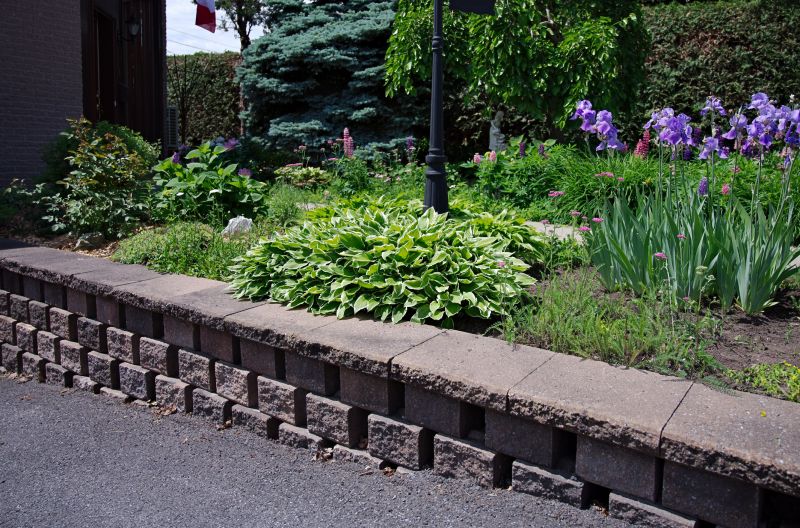
Lower-waste or water-saving choices for Concrete Retaining Wall Installations.
Interested parties are encouraged to contact for further details on scheduling and planning concrete retaining wall installations. Proper timing can lead to a successful project with lasting results, ensuring stability and durability for years to come.



